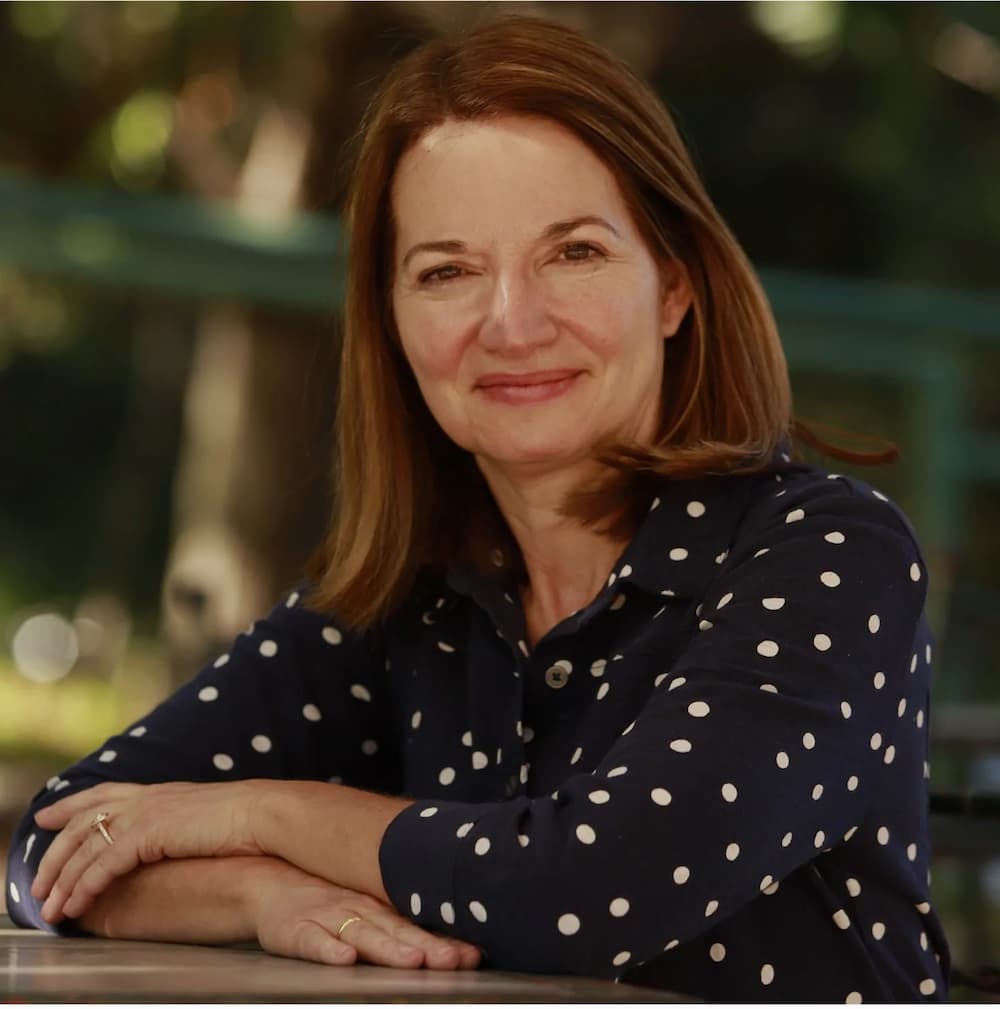Supporting Bilingual Education in Early Childhood: Dr. Cristina Gillanders' Research on Young Bilingual Children
Julie McMorris | School of Education & Human Development Apr 8, 2025
In the ever-evolving landscape of early childhood education, the importance of supporting bilingual children has never been clearer. Dr. Cristina Gillanders, an associate professor in Early Childhood Education in the School of Education & Human Development at the University of Colorado Denver, is at the forefront of innovative projects designed to help preschool teachers effectively work with young bilingual learners. Her work is not just about teaching; it’s about creating an environment that nurtures both languages, affirms cultural diversity, and equips teachers with the knowledge and skills they need to support this unique group of children.
Dr. Gillanders' current research focuses on teaching young bilingual children—specifically in English and Spanish—and how teachers can best support language development and literacy in both languages. Her approach is grounded in professional development for preschool teachers, helping them better educate bilingual learners. This work is part of a broader project funded by the Office of English Language Acquisition, with the goal of improving teacher professional development and ensuring that children’s bilingualism is preserved and nurtured in early childhood education.
“The classrooms where we are working are all English instruction centered,” Dr. Gillanders explains, highlighting the challenge many bilingual students face in early education. “There is value to preserving the home language, but it’s not always formalized in early childhood settings.” Many schools in the U.S. don’t have formal bilingual education programs for young children. Therefore, Dr. Gillanders’ initiative aims to help teachers integrate home language support into an English-dominant classroom setting.

Dr. Gillanders' research involves a comprehensive four-course certificate program for teachers, focusing on promoting homeschool partnerships, observing bilingual children’s development, teaching methods for bilingual children, and teacher inquiry. What sets this project apart from traditional teacher professional development is its unique combination of online coursework with in-classroom coaching. This dual approach ensures that teachers can apply what they learn immediately in their classrooms, improving their teaching practices in real time.
The focus on bilingualism in this project is critical, especially given that much of the research on bilingual education has historically focused on older children. “In early childhood, we use different pedagogies. The process of bilingualism is a bit different than what you find with older students.” Dr. Gillanders notes. The nuances of how young children learn two or more languages, especially when languages are actively spoken in their homes, require a specialized approach that acknowledges their developmental stages and linguistic needs.
Another aspect of Dr. Gillanders’ work that stands out is its emphasis on language and literacy assessments for children. These assessments are conducted in both languages to ensure the children’s bilingualism is supported throughout their educational journey. “We assess the children in both languages and also assess if there are any changes in the classroom practices that are happening with the teachers who are participating,” Dr. Gillanders shares.
The research also involves an international dimension, as Dr. Gillanders has worked with educators in Chile to understand how Spanish-speaking children acquire alphabet knowledge. Dr. Gillanders’ study found significant differences between how English-speaking and Spanish-speaking children acquire literacy, which has important implications for bilingual education in the U.S. “In Spanish, most children learn the vowels first, while in English, vowels are learned later because they have many different sounds.” This finding is a reminder that bilingual education should not be a one-size-fits-all approach and that teachers must understand the unique challenges of both languages.
“In bilingual education, many times, what happens is that methods used for teaching English literacy are applied to Spanish literacy as well. And that doesn’t work the same way,” Dr. Gillanders notes, underscoring the importance of culturally and linguistically informed teaching practices. Her research has practical implications for bilingual educators, showing that understanding the order in which children learn letters in each language is key to fostering successful literacy development.
Dr. Gillanders’ work is far-reaching, not only impacting the teachers she works with but also contributing to the broader understanding of bilingual education. By providing teachers with the tools to support bilingual children in their formative years, Dr. Gillanders is helping to create a more inclusive, effective, and responsive educational system.
Looking ahead, Dr. Gillanders hopes to continue expanding this research, examining how the teachers’ professional development translates into long-term benefits for their students. The current project, now in its third year, also plans to track the progress of children through kindergarten, comparing their literacy and language outcomes before and after their teachers complete the full course sequence.
“The main goal of this research is to provide preschool teachers with the knowledge, skills and dispositions they need to support young bilingual learners, especially when these learners face challenges in traditional English-dominant classrooms,” Dr. Gillanders emphasizes.
In a rapidly changing world, where bilingualism is becoming the norm rather than the exception, Dr. Gillanders’ research is a vital step toward creating better educational experiences for young bilingual children. By focusing on early education, Dr. Gillanders is helping to ensure that these children don’t just learn to speak two languages—they learn to thrive in them.